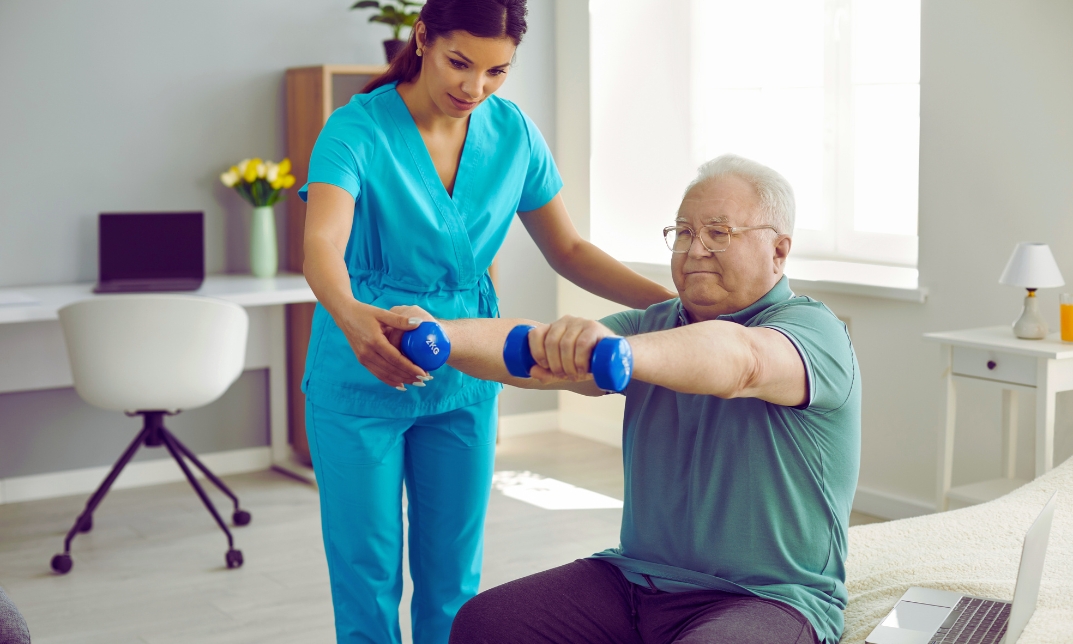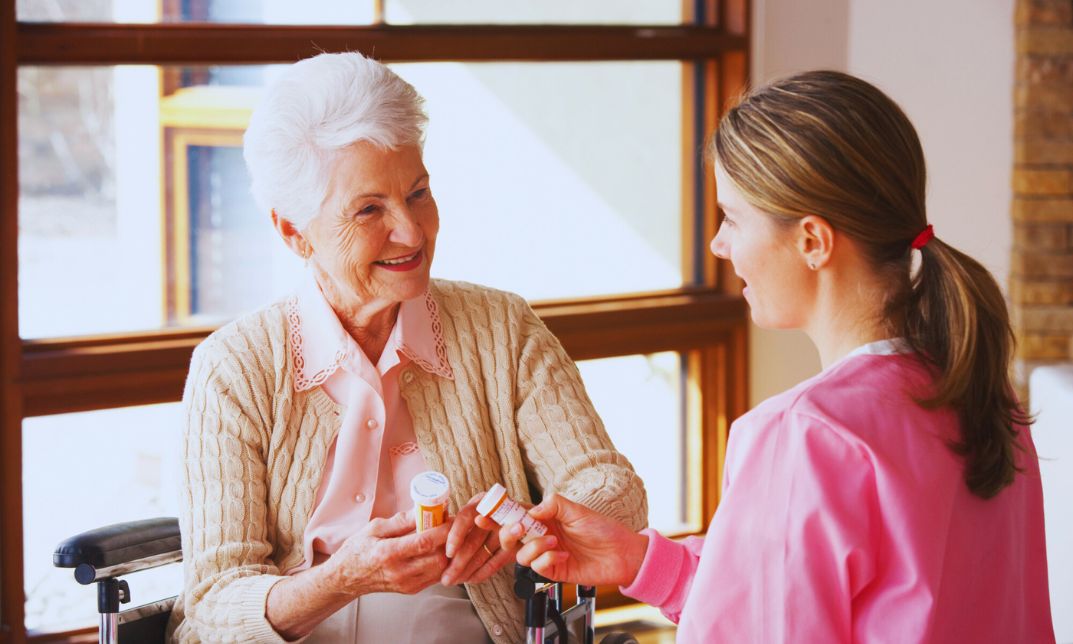No products in the basket.
Equality means this: we give each person what they need to feel safe, respected, and well cared for. That is the heart of care. Many people hear the word and think sameness. Real care works the other way. Needs differ. Barriers differ. Good teams spot those gaps and close them. Acting fast, they adjust plans, spaces, words, and meals. Adjustments are made to serve the person, not just the process—and they check to make sure the change truly works. That is what is meant by equality in health and social care in real life, not just in policy.
What is meant by equality in health and social care?

Equality in care means fair treatment, fair access, and fair outcomes. We aim for parity, not clones. We see the person first. Then we shape support around need, risk, rights, and choice. Staff listen. Staff notice small things that matter. Teams remove barriers that block safe care. People feel the difference.
Equality vs sameness: give people what they need
Sameness gives everyone the same thing. Equality gives each person the right thing. A ramp helps a wheelchair user. A ramp does not help a Deaf signer. That person needs a BSL interpreter. A low sugar menu helps a person with diabetes. A halal menu respects faith and health. Both choices protect dignity. Both choices show equality.
Equality in NHS and community care journeys
Care starts before the front door. People book, travel, wait, and return home. Equality shapes each step. Staff offer phone, text, or online options. Teams plan travel help when needed. Clinics choose ground floor rooms when lifts fail. Home carers plan visits that respect prayer times. Services arrange chaperones when someone asks. Each choice lowers stress. Better access brings better outcomes.
Culture, faith, and food: care that fits lives
Food carries memory, faith, and trust. Teams ask what food feels right. Kitchens offer halal, kosher, vegetarian, and allergy safe options. Staff label dishes clearly. Carers check fasting plans and medicines. Nurses plan blood tests around fasts. People feel seen. Families relax. You protect health and respect belief at once.
Gender, sexuality, and identity: affirm and protect rights
People tell us who they are. We believe them. We use the right name and pronouns. Records match the person’s identity. Staff offer same‑gender care when someone asks. Teams protect privacy in shared spaces. We give partners recognition in decisions. We challenge jokes that punch down. Warm respect builds trust and safety.
Communication that everyone can use
Clear words save lives. Staff avoid jargon. Teams book BSL interpreters, not family stand‑ins. Clinicians use interpreters for consent and results. Services offer Easy Read leaflets. Screens use large fonts and plain layouts. Nurses teach with pictures and models. Admin teams check the person’s best contact method. People understand. People decide with confidence.
Reasonable adjustments that remove barriers
Small changes unlock big gains. Clinics add longer slots for people who need more time. Staff dim harsh lights for autistic people. Teams allow a quiet waiting space. Pharmacists supply compliance aids when hands shake. Domiciliary carers fit kettle tippers and grab rails. Managers buy call bells with big buttons. These actions cut risk and keep independence.
Fair access and waiting lists
Fair access needs honest triage and open routes. Teams publish referral options. Staff explain waits in plain terms. Services track who waits longest and why. Managers spot gaps by postcode, language, or disability. They move resources to close those gaps. Clinicians review risk often. People who decline once get a second offer. Nobody slips through cracks.
Safety, dignity, and choice go together
Equality supports safety. People speak up when staff treat them with respect. Staff spot abuse faster when they know the person. Carers offer choices that fit risk plans. Nurses explain options and side effects. People choose with full facts. You protect rights and reduce harm at the same time.
People over buzzwords: equality you can feel
Buzzwords do not comfort anyone. Actions do. A care worker cleans a wheelchair footplate. A nurse warms a gel pad before a scan. A receptionist walks a confused man to the right room. A manager swaps a heavy door closer for a soft one. These moments show care that values people, not slogans.
Data, audits, and stories that guide action
Good teams measure what matters. They track complaints and compliments by group. They review missed appointments by barrier. They ask people how safe they felt. Trends guide change. Stories give depth. A chart shows a gap. A story shows why it hurts. Leaders share both and fund fixes.
Build a learning culture in every team
Culture makes equality stick. Leaders model humble listening. Staff swap shifts to meet faith needs. Teams hold short debriefs after tough shifts. Colleagues share quick tips that work. New starters buddy with experienced staff. Managers praise small wins in public. Everyone grows. People feel proud of their work.
Quick equality checklist for daily practice
Ask what matters, not just what is the matter. Check consent in a way the person understands. Offer interpreters, longer slots, or quiet spaces. Match food to culture, faith, and health needs. Use names and pronouns the person chooses. Plan travel, escorts, or home support after visits. Record adjustments so the next visit flows. Review data and stories each month. Share fixes across sites. Thank the person for feedback.
Barriers you will meet and how to fix them
Time pressure hits first. Protect longer slots for those who need them. Budget pressure follows. Fund small aids that prevent costly harm. Fear of mistakes can freeze action. Use checklists and mentors. Digital forms can lock people out. Offer phone and paper routes. Staff turnover can break trust. Keep clear notes on adjustments. Families can feel unheard. Invite them in when the person agrees.
Equality links to quality and value
Equality is not a bolt‑on. It drives quality. Fewer missed appointments cut waste. Fewer falls cut hospital days. Better trust boosts uptake of vaccines and checks. Clear consent reduces complaints. Staff who feel proud stay longer. Services save money and improve lives. Everyone wins.
How leaders turn intent into habit
Leaders set a simple aim and repeat it often. People over buzzwords.
Backed by training, time, and tools, their commitment shows. Funding interpreters comes without fuss. Every project brief includes clear equality aims. Work that harms trust gets halted. Teams that close gaps are rewarded. Results? Shared openly in plain charts.
Staff see the path and walk it.
Equality starts on day one for new staff
Induction shapes habits. Trainers teach active listening and bias checks. New staff shadow visits with adjustments in place. Managers set clear standards for language and consent. Teams practice hard chats in safe drills. People learn to pause, ask, and adjust. That mindset lasts.
Equality that reaches rural and coastal communities
Cities are not the whole story. Rural and coastal areas face transport gaps. Services plan outreach days and mobile clinics. Teams schedule call backs outside fishing or farm hours. Pharmacies host health checks in community halls. Local radio shares booking tips. People do not need to travel far to feel heard.
Technology that widens access, not walls it off
Digital tools can help or harm. Teams blend video, phone, and in‑person care. Staff check if tech suits the person. Carers bring tablets to homes when needed. Clinics offer Wi‑Fi and private booths. Systems keep screen readers in mind. Designers test forms with real users. Tech then supports equality, not blocks it.
Everyday moments that prove equality
Look for tiny cues. A ward board uses icons, not tiny text. A doorway holds a parked wheelchair, not a bin. A carer kneels to eye level. A physio checks if a skirt affects a movement plan. A receptionist prints directions in large print. These choices say, “You matter here.”
Bringing it all together
Equality in care lives in action, not slogans. We treat people as experts in their own lives. We shape support around real needs and rights. Teams remove barriers and check results. Leaders fund the basics and measure progress. Families join the plan when the person agrees. Staff feel proud because their work lands well. People feel safe, respected, and cared for. That is equality you can see, hear, and feel.
Ready to turn good intent into daily practice? Join our online Health and Social Care courses at Course Cave. Build skills that change lives. Learn practical steps, try real cases, and lead with heart. Join today and grow your impact.




